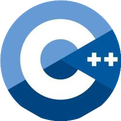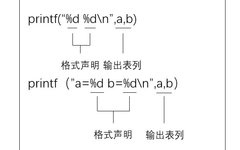Understanding Pointer Variables in C Language
Click the blue text Follow us Due to changes in the public account’s push rules, please click “View” and add “Star Mark” to get exciting technical shares immediately Source from the internet, please delete if infringing 1 Basic Operations of Pointer Variables int a,*iptr,*jptr,*kptr; iptr = &a; jptr = iptr; *jptr = 100; kptr = … Read more









